Best Yeast For Brewing NEIPA & Hazy Pale Ales
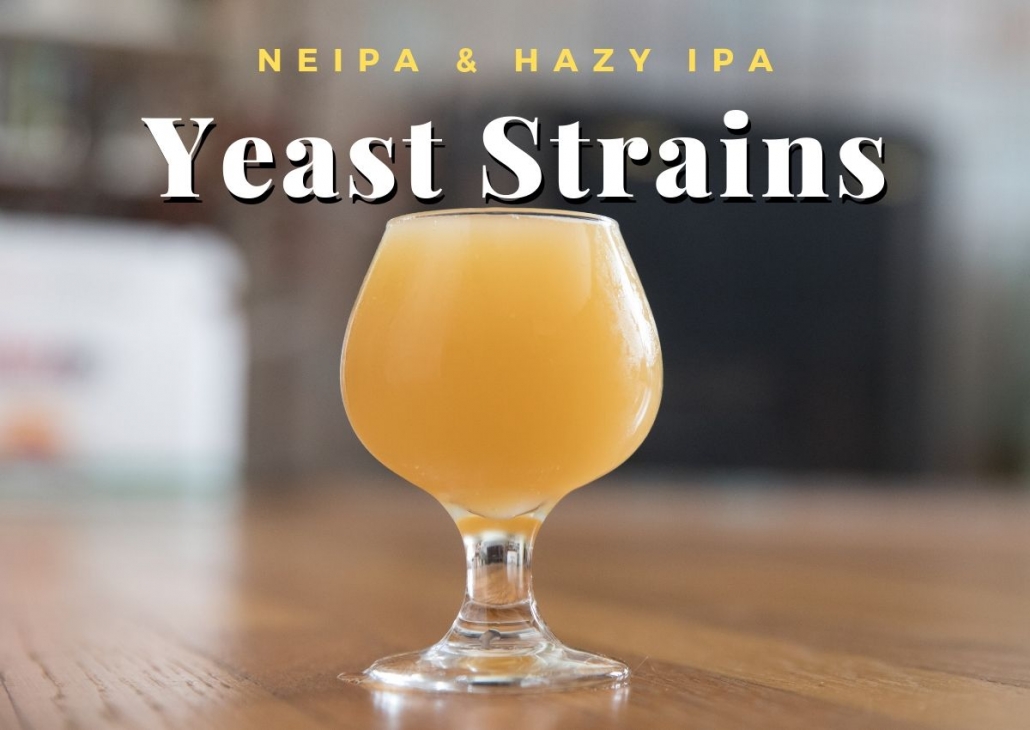
Choosing the best yeast strain for your NEIPA can make a big difference to the finished beer. In this article, we will take a look at some of the most popular yeast strains for brewing NEIPA or Hazy IPAs.
Using the right yeast strain makes all the difference when brewing beer. This is especially true for certain styles of beer where the yeast strain can define the style. NEIPA’s and Hazy IPAs are one of these styles where yeast makes a difference.
Table of Contents
Choosing Yeast For Making NEIPA
The craft beer world is a funny place. Quite often it’s not that different from the world of fashion, with trends, prominent figures, seasonal tendencies, and many other things coming into play. And when it comes to fads, there’s probably nothing as divisive and polarizing as New England IPA.
Pioneered by the likes of The Alchemist, Hill Farmstead, Tired Hands, Tree House, and several other breweries, NEIPA (New England IPA) is the newest take on IPA as a style.
The popularity and controversy have exploded in recent times, and there’s no sign of it losing steam. Some people can’t get enough of it, others plain hate it.
There’s no denying the fact that the juicy hop soups that explode with tropical fruit flavours and go down like orange juice are a thing of their own.
The pricing of such commercial beers and scarcity means they are definitely worth your attention as a homebrewer.
The distinctive character of NEIPA is due to a whole set of factors coming into play.
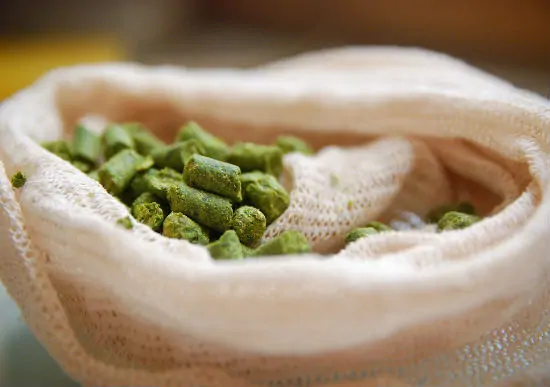
Large hop additions exclusively to the end of the boil and putting a stronger emphasis on dry hopping.
Peculiar grain bills that are heavy on proteins and lipids to provide the distinct mouthfeel.
Calcium-rich water profile that subdues hop bitterness and enhances a silky texture.
And of course, the particular type of yeast strains that ties it all together and delivers a brew that looks and tastes like nothing you’ve tried before.
Yeast Biotransformations
NEIPA strains are all characterized by something that has been dubbed by brewing academics as “biotransformation”.
This trait of biotransformation has little research published on a scientific level, yet sees extensive application by commercial and homebrewers.
The main idea behind it is that certain yeast strains are known to interact with aromatic oils contained in the hops, metabolize them, and create new aromatic compounds, literally transforming the original aroma of the hop into something new.
In practice, the newer American fruit-forward hop varieties that are traditionally used in IPAs and Pale Ales, tend to give off an amplified tropical fruit flavour and aroma after going through biotransformation, making all the juice jokes and comparisons even more appropriate. But hey, a good and tasty beer, is a good and tasty beer, right?
In order for the brewer to benefit from biotransformation, two important factors have to come into play.
- First, the first dry hop addition has to take place early in the primary fermentation phase. This means adding your first dry hop charge as early as 1-2 days after pitching the yeast, while the wort still is at high krausen and has a head on top of it.
- Second, the fermentation has to be performed with a yeast strain that is most capable of biotransformation. We’ll take a closer look at each of them below.
Which Yeast Strains Produce The Best NEIPAs?
An important sidenote to NEIPA yeast strains. The breweries, which have pioneered this particular sub-style have been guarding their secrets for a long time, especially when it comes to yeast selection.
Most have developed their own house strains, which led to many brewers harvesting yeast from the dregs in the bottles. And there was a lot of speculation going on about the particular strains and their original sources.
Today, however, there are plenty of offerings from different yeast labs available to homebrewers for fermenting hazy NEIPAs.
Some of them have been harvested from commercial beers, while others have become the result of numerous experiments with the goal of obtaining the signature appearance and flavour profile of the style.
Best NEIPA Yeast Strains
Here are some of the most popular yeast strains for brewing NEIPA and hazy IPA or Pale Ales available currently:
Liquid NEIPA Yeast Strains
Wyeast 1318 London III
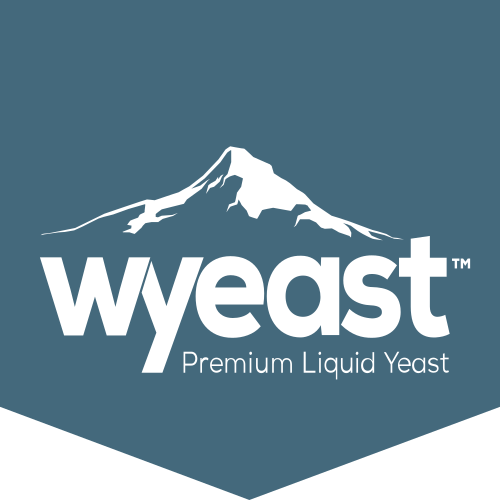
This is the go-to liquid yeast strain that is extensively used for hazy IPAs and Pale Ales by both commercial and home brewers all over the world. While being traditionally used for English beer styles, this particular strain is famed for its biotransformation ability and the ester-hop balance in the finished beer. If you’re looking for a sure-fire yeast strain for your NEIPA this should definitely be sitting in your fridge come brew day.
GigaYeast GY054 Vermont IPA
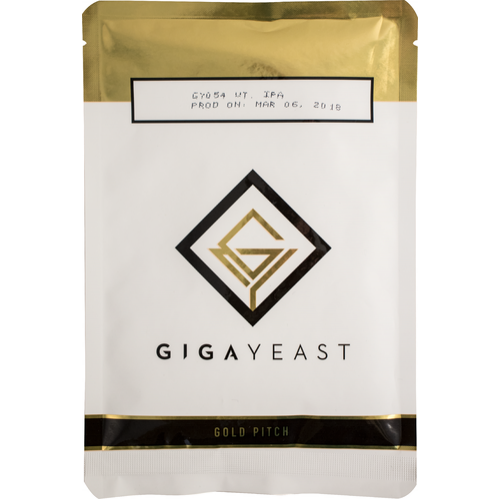
This yeast has been developed pretty recently by GigaYeast, a Californian yeast lab. It has seen a real explosion in popularity with both professional and home brewers. It delivers a slightly fuller body, mild esters, and lets the fruity hop varieties stand out in the final beer. All these traits are perfect for brewing NEIPA’s
White Labs WLP066 London Fog
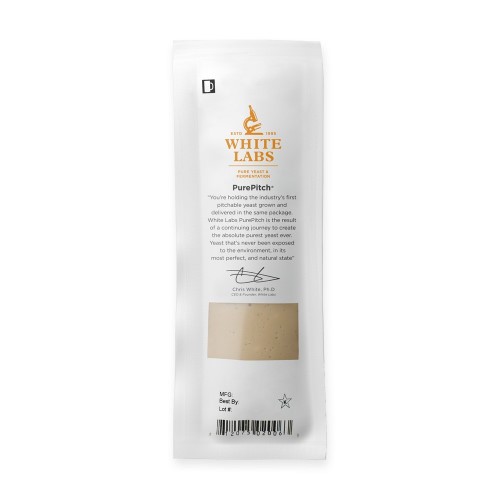
White Labs has a huge collection of yeast strains available and there are at least several yeast strains suitable for fermenting NEIPAs. This particular strain is known for its biotransformation abilities and the rich ester profile that blends well with the newer American hop varieties. If you’re feeling experimental though, you can also try WLP008 East Coast Ale, WLP067 Coastal Haze, or WLP095 Burlington Ale when brewing your next juicy IPA for interesting results.
Imperial Yeast A38 Juice
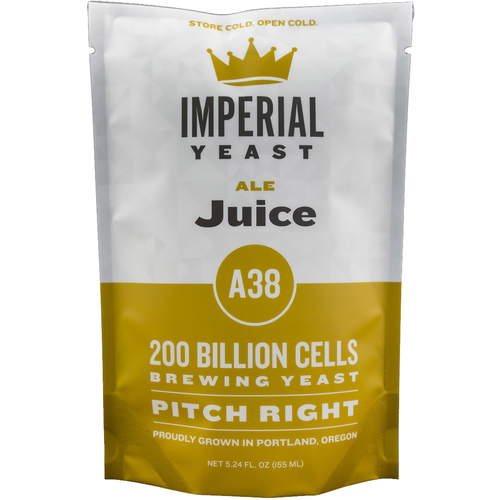
Juicy, hazy, and reliable, this particular strain from the young lab in Oregon has gained popularity among brewers who have been able to get their hands on it.
A vigorous fermenter that tends to finish quickly, the A38 is something you can always rely on when making your next hazy masterpiece. Also, consider the A24 Dry Hop yeast blend that is also known to produce great fruity NEIPAs, yet finishing more on the drier side.
Omega Yeast OYL-052 DIPA Ale
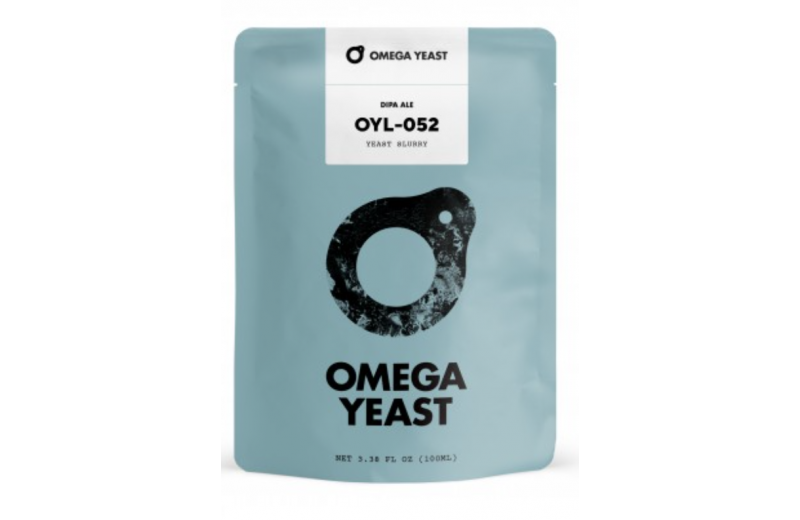
Another liquid yeast strain from a newer yeast lab. OYL-052 has proven to be quite reliable when making hop forward, hazy beers.
However, even the yeast producer recommends performing a diacetyl rest when fermenting at the lower side of the temperature range in order to minimize the comound’s presence in the final beer. It has a fairly high alcohol tolerance and attenuation, so lower ABV styles may sometimes end up drier than expected.
Dry Yeast Strains For Brewing NEIPA
Lallemand LalBrew New England
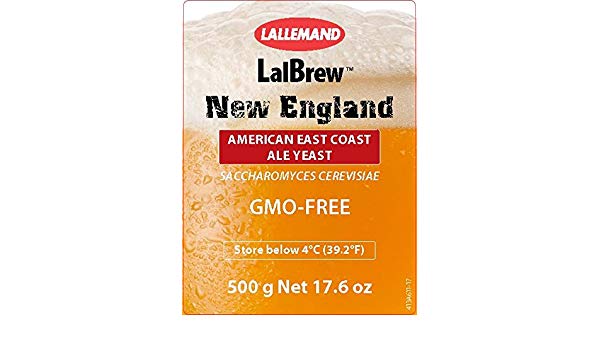
An odd entrant to the list, the new offering from the huge yeast producer is peculiar due to it being the only dry yeast strain marketed for making NEIPAs at the moment. Its specs seem to be very impressive on paper.
In reality, many brewers have reported somewhat mixed results, with the desired haze disappearing only a couple of weeks after the beer has been finished. Still being a dry yeast it could be useful to have as a backup although more testing seems to be required.
Fermentis Safale S-04
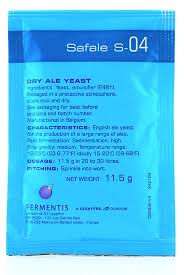
This strain may seem out of place at first, being primarily used in English beer styles. However, many seasoned homebrewers have reported excellent results with this dry yeast strain, somewhat comparable to those delivered by the all-rounder London III yeast. So if you don’t have access to fresh liquid strains, this classic British yeast can be a true saviour when fermenting a fruity and hazy hop bomb.
Experimenting Is Key
As you can see, when it comes to brewing a hazy Pale Ale, IPA, or Double IPA, there’s plenty of options to choose from. Depending on availability, you can go with either liquid or dry strains to get the desired results.
As for picking the best strain – well, it’s up to you to experiment and decide which works best for you. It’s also important to bear in mind that yeast is only a part of a bigger equation.
If you want to brew a really good NEIPA you will also have to take all other ingredients into account when crafting your recipe. So get that water boiling, pop those hops, crush the malt and get busy making another great beer!

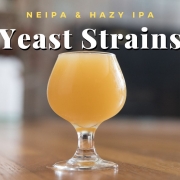


Leave a Reply
Want to join the discussion?Feel free to contribute!